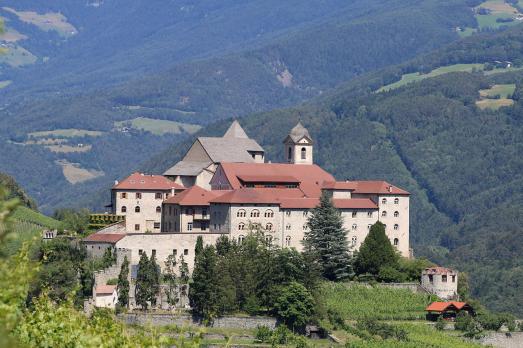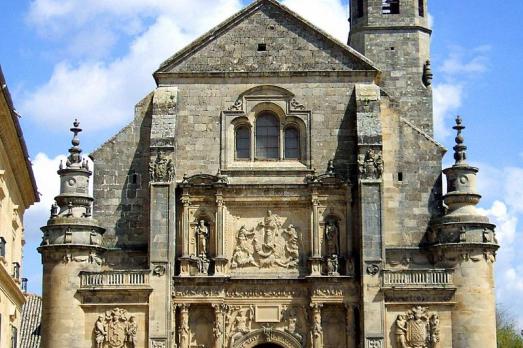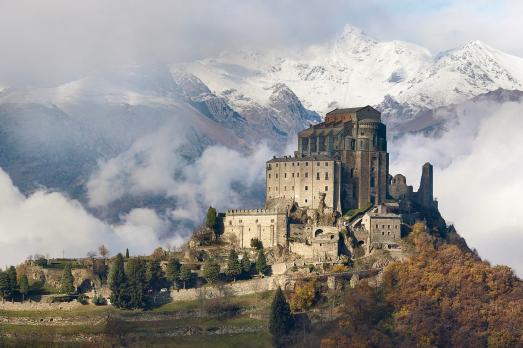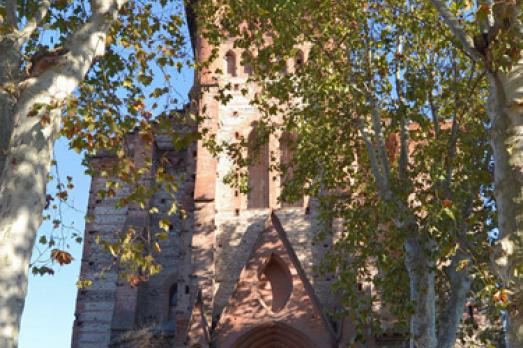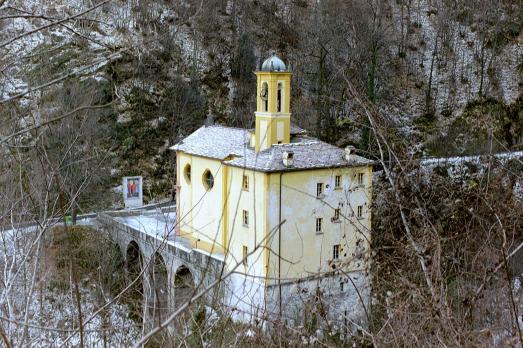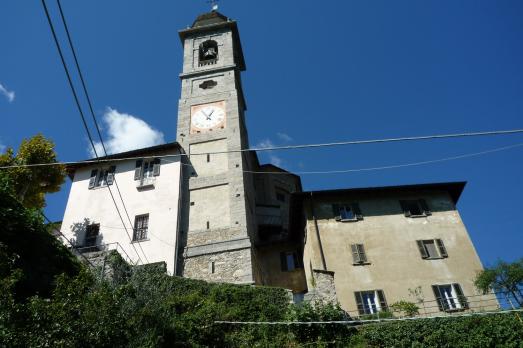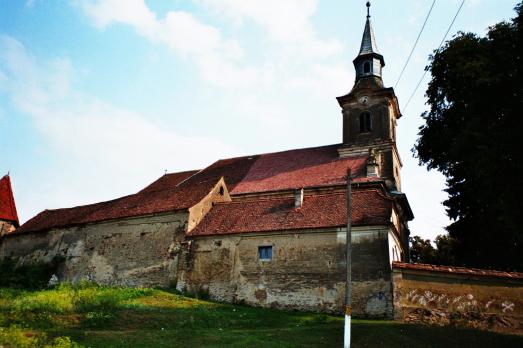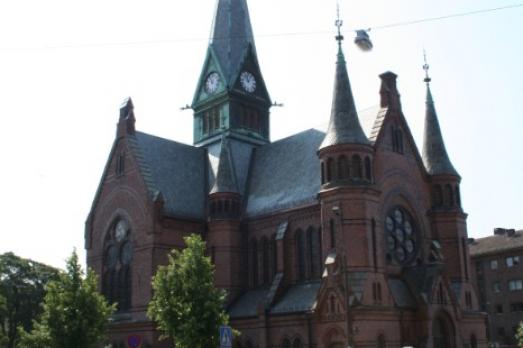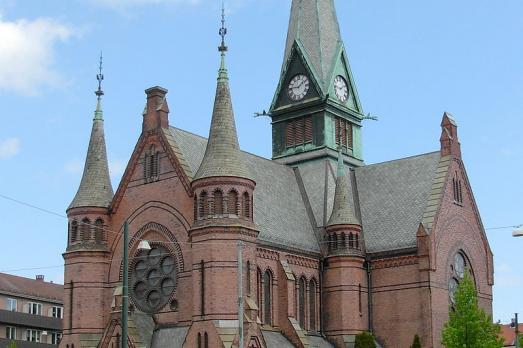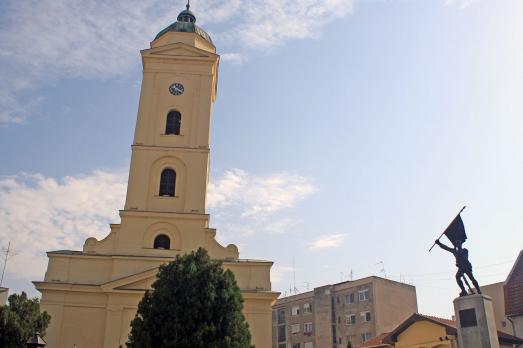
Šabac Cathedral
Šabac, RS
Šabac Cathedral was built from 1826 to 1831 by the master-builder Kosta Dimović from Ohrid. The iconostasis was painted by the famous painter Pavle Simić from 1853 to 1857. The church was severely damaged during the First World War when the Austro-Hungarian artillery destroyed Sabac. A few years after the war the church was repaired.
